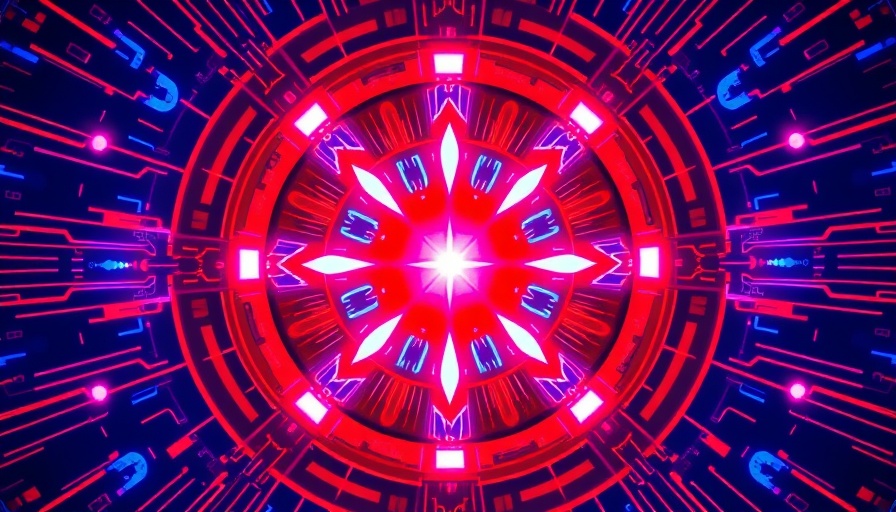
The Evolution of AI: More Than Just Playing Games
The recent release of Claude 3.7 Sonnet, Anthropic's most advanced AI model, marks a significant milestone in the development of artificial intelligence. By teaching Claude to play Pokémon Red, the classic Nintendo Game Boy game from 1996, Anthropic is demonstrating how AI can learn and adapt, which has broader implications for various industries. This approach to AI isn’t merely about entertainment; it showcases improved learning processes that could revolutionize how AI interacts with complex tasks.
Why Pokémon? Understanding the Choice
The choice of Pokémon as a testbed for AI isn't arbitrary. David Hershey, a member of the Anthropic technical team, drew inspiration from a popular YouTube video demonstrating reinforcement learning in gaming. By creating a virtual environment for Claude to play Pokémon, Hershey and his team sought to explore how well an AI could navigate challenges and learn from its experiences. As Pokémon Red requires players to capture creatures and develop strategies to beat opponents, it serves as an ideal platform for measuring AI progress.
Behind the Scenes: The Community Aspect
Hershey's side project quickly gained traction within Anthropic, culminating in the creation of a dedicated Slack channel to chronicle Claude's Pokémon adventures. Every time Claude caught a Pokémon or defeated a Gym Leader, it wasn't just a win for the AI model; it fostered a sense of community among employees who shared an interest in gaming. This blend of technology and culture highlights how AI projects can create internal camaraderie and engagement within a tech company.
The Science of AI Learning: Extended Thinking
A key breakthrough in Claude 3.7 Sonnet's performance is its new feature, called "extended thinking." This capability allows the AI to take extra time to contemplate decisions, reducing the number of false assumptions that can bog down earlier models. This improvement has been crucial in overcoming obstacles in the game, allowing Claude to advance further than previous iterations. The ability to adapt and pivot based on learnings is vital, especially for businesses looking to employ AI for complex analyses.
Rethinking AI Benchmarks: Beyond Traditional Metrics
Rather than relying solely on conventional benchmarks that may not reflect a model's true capabilities, Anthropic's decision to use a Pokémon benchmark highlights a shift towards more engaging and relatable criteria for assessing AI. Diane Penn, another key figure at Anthropic, emphasizes that this approach makes AI evaluations more accessible to a broader audience, enabling people to understand and appreciate the complexity of AI development.
Future Implications: Is Pokémon the New AI Benchmark?
The success of using Pokémon as a benchmark might spark interest among other AI labs to conduct similar assessments. The playful environment of video games makes it easier to visualize progress over time, which could usher in a trend of using gaming as a metric for AI development. While Hershey doesn't definitively state that Pokémon benchmarks will become standard, the enthusiastic response suggests that such innovative methods might pave the way for new strategies in AI evaluation.
Conclusion: The Intersection of Gaming and Serious AI Development
As Claude navigates the intricate world of Pokémon, it not only entertains but also redefines what we expect from AI models. This fusion of gaming and serious technological advancement showcases a forward-thinking approach at Anthropic. Organizations looking to leverage AI must pay attention to these developments, as understanding the capabilities of systems like Claude could transform future AI applications in research, business, and beyond.
 Add Row
Add Row  Add
Add 




 Add Row
Add Row  Add
Add 

Write A Comment